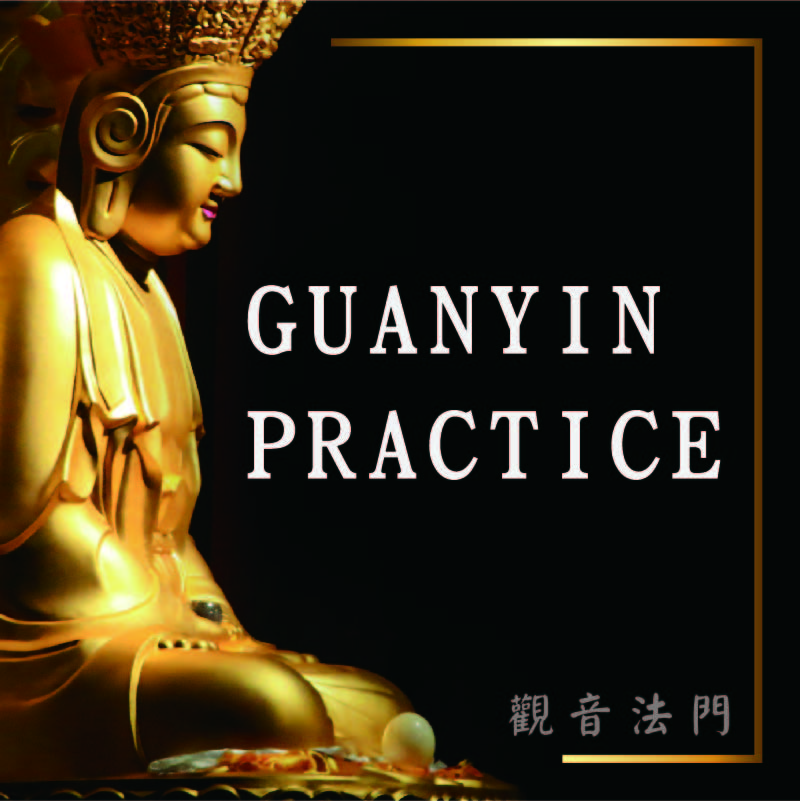
Taming the Mind
 All experiences of suffering and happiness, as well as the entirety of samsara, arise from the mind. Thus, we must cultivate our mind conscientiously, paving a path toward awakening for ourselves. What, indeed, do we possess? Is it fame or gain? For whom do we work day after day? And for what purpose? In truth, all phenomena in the world are of emptiness. Everything is but the result of one’s own actions—self-created and self-borne. Work, therefore, can be an act of offering. We must perform our duties well and take responsibility for ourselves. Whatever we do—whether it be offering, service, loving, kindness, or generosity—all of these constitute acts of twofold benefit: benefit of self and the benefit of others. They are not done for others per se, but rather as a means of taking responsibility for oneself, of engaging in Dharma practice within the very activity of work.
All experiences of suffering and happiness, as well as the entirety of samsara, arise from the mind. Thus, we must cultivate our mind conscientiously, paving a path toward awakening for ourselves. What, indeed, do we possess? Is it fame or gain? For whom do we work day after day? And for what purpose? In truth, all phenomena in the world are of emptiness. Everything is but the result of one’s own actions—self-created and self-borne. Work, therefore, can be an act of offering. We must perform our duties well and take responsibility for ourselves. Whatever we do—whether it be offering, service, loving, kindness, or generosity—all of these constitute acts of twofold benefit: benefit of self and the benefit of others. They are not done for others per se, but rather as a means of taking responsibility for oneself, of engaging in Dharma practice within the very activity of work.
 Being able to tame oneself is the greatest joy; yet, attempting to tame others is the most foolish and exhausting endeavor. We must constantly tame our own minds. Whoever can tame themselves at all times and in all places is a true victor; but one who fails to tame their own mind, who cannot let go of others, and who allows countless trivialities to obstruct themselves—thereby giving rise to afflictions and creating karmic obstacles—becomes the true failure. What, then, are karmic obstacles? “Karma” refers to action, and “obstacle” refers to how such actions impede the natural flow of qualities from the mind. When the mind is obstructed, afflictions arise. Therefore, when the mind flows freely and unhindered, one abides in ease. To tame one’s mind is to realize the state where the mind is also unattainable, and thus the mind becomes at ease. Genuine Dharma practice does not depend on lengthy discourse, but on whether one is capable of taming the mind. How does one achieve this taming? By cultivating and employing the wisdom of emptiness. The wisdom of emptiness arises from contemplative awareness—it enables the mind to be free and unbound.
Being able to tame oneself is the greatest joy; yet, attempting to tame others is the most foolish and exhausting endeavor. We must constantly tame our own minds. Whoever can tame themselves at all times and in all places is a true victor; but one who fails to tame their own mind, who cannot let go of others, and who allows countless trivialities to obstruct themselves—thereby giving rise to afflictions and creating karmic obstacles—becomes the true failure. What, then, are karmic obstacles? “Karma” refers to action, and “obstacle” refers to how such actions impede the natural flow of qualities from the mind. When the mind is obstructed, afflictions arise. Therefore, when the mind flows freely and unhindered, one abides in ease. To tame one’s mind is to realize the state where the mind is also unattainable, and thus the mind becomes at ease. Genuine Dharma practice does not depend on lengthy discourse, but on whether one is capable of taming the mind. How does one achieve this taming? By cultivating and employing the wisdom of emptiness. The wisdom of emptiness arises from contemplative awareness—it enables the mind to be free and unbound.
 Every day, we entertain countless thoughts, entangling ourselves mindlessly, and then we lament our own suffering. We constantly generate excessive conceptions and attachments, weaving cords and nooses of self-attachment that bind us, allowing these very thoughts to lead us by the nose. In fact, what is Dharma practice? It is the process of untying, severing, and releasing the nooses that bind the mind, so that the mind is no longer imprisoned. How, then, does one become unbound? Only by letting go—by seeing through and seeing clearly. One must recognize: who is binding whom? Who is it that cannot let go? Who is it that deprives oneself of ease? All of this occurs because one cannot let go of the attachment to the self—thus creating one’s own unease and pressure. Therefore, we must learn to free ourselves from such entanglements, not allowing karmic forces to bind us. Through self-mastery and contemplation of life, we can attain a state of liberation. Conversely, if we fail to tame ourselves and become trapped by our own delusions, we perpetuate a life of karma, ignorance, and endless cyclic existence.
Every day, we entertain countless thoughts, entangling ourselves mindlessly, and then we lament our own suffering. We constantly generate excessive conceptions and attachments, weaving cords and nooses of self-attachment that bind us, allowing these very thoughts to lead us by the nose. In fact, what is Dharma practice? It is the process of untying, severing, and releasing the nooses that bind the mind, so that the mind is no longer imprisoned. How, then, does one become unbound? Only by letting go—by seeing through and seeing clearly. One must recognize: who is binding whom? Who is it that cannot let go? Who is it that deprives oneself of ease? All of this occurs because one cannot let go of the attachment to the self—thus creating one’s own unease and pressure. Therefore, we must learn to free ourselves from such entanglements, not allowing karmic forces to bind us. Through self-mastery and contemplation of life, we can attain a state of liberation. Conversely, if we fail to tame ourselves and become trapped by our own delusions, we perpetuate a life of karma, ignorance, and endless cyclic existence.













